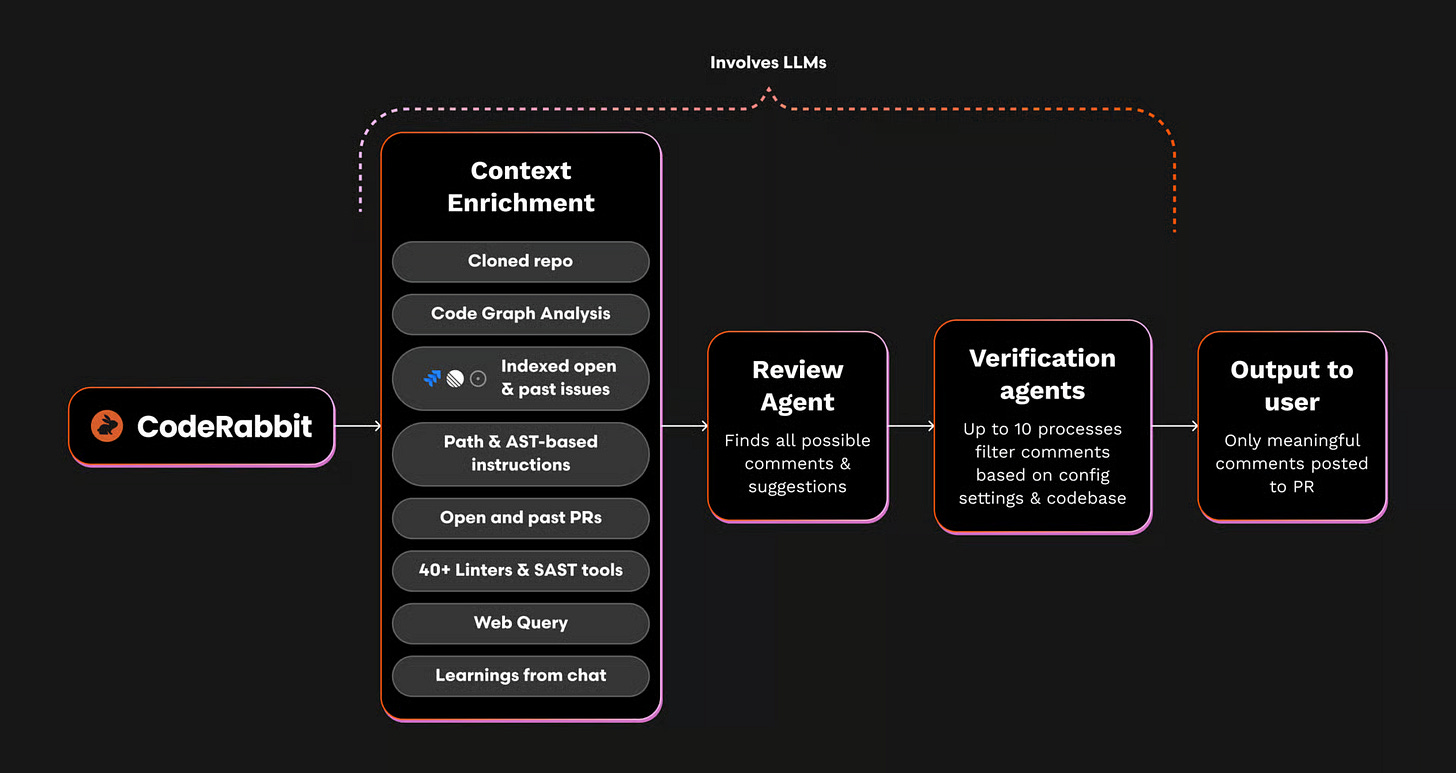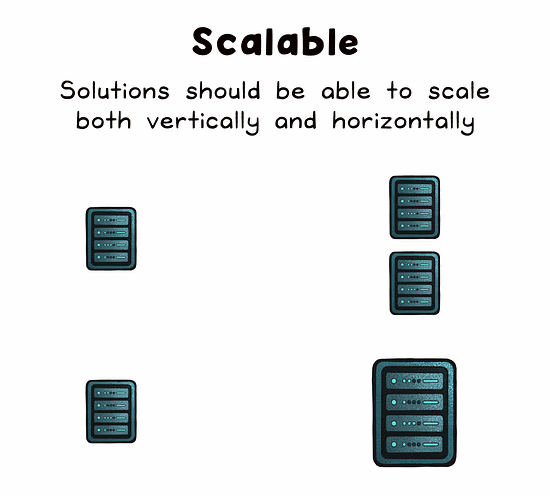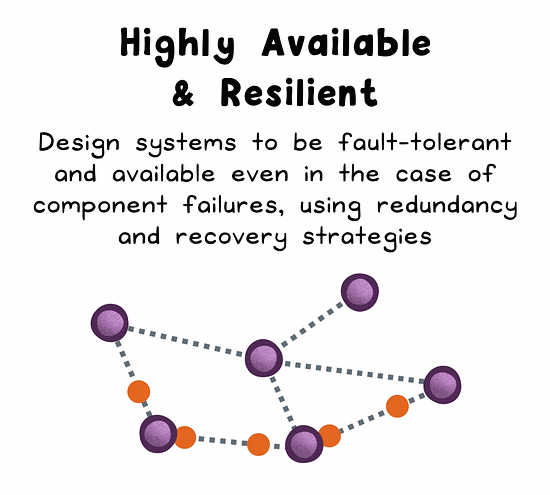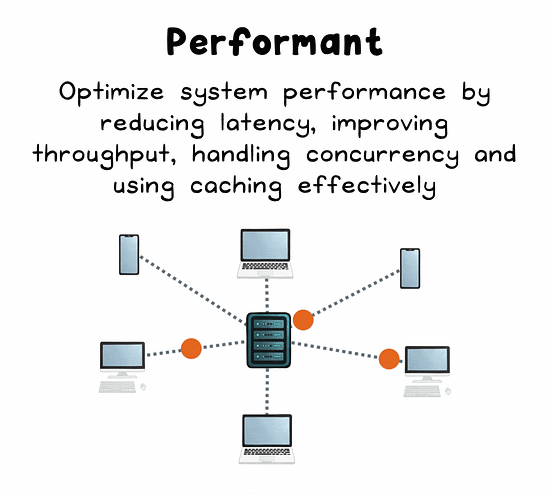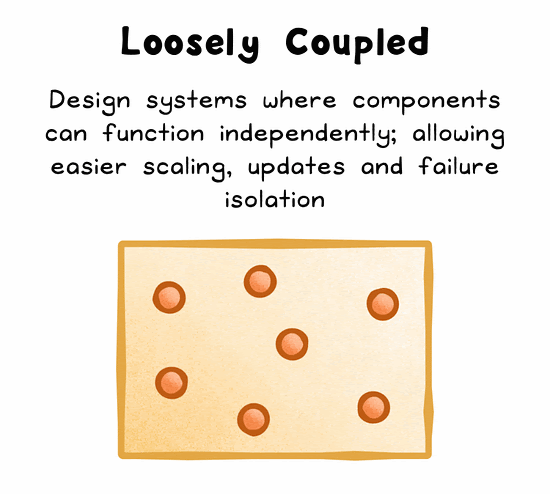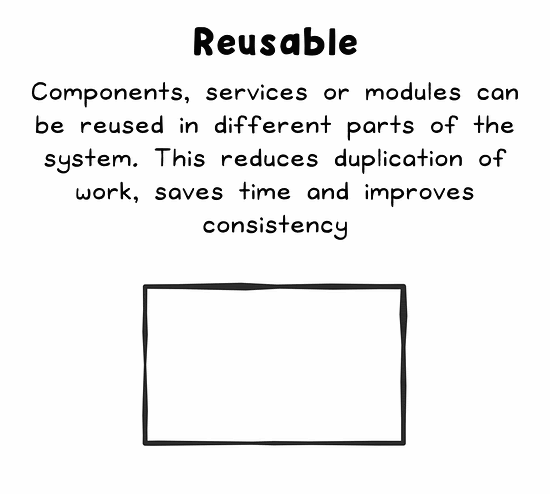7 Principles of Solution Architecture Design You Should Know
(5 Minutes) | Design principles that keep systems alive when reality hits
Get our Architecture Patterns Playbook for FREE on newsletter signup:
Context Engineering For AI Code Reviews
Presented by CodeRabbit
Get context-aware code reviews on PRs or right in your IDE with CodeRabbit. CodeRabbit doesn’t just point out issues; it uses a multi-layered approach to context preparation to suggest 1-click fixes and explain the reasoning behind the suggestions, cutting code review time and bugs in half.
7 Principles of Solution Architecture Design You Should Know
Most architectures don’t fail on day one. They fail the first time they meet reality: a sudden traffic spike, a regional outage, or a last-minute feature request.
That’s when you discover whether your system was built on principles or just patchwork.
That’s why architects rely on seven foundational principles: scalable, highly available and resilient, performant, secure, loosely coupled, extendable, and reusable.
Each principle solves a different kind of problem, and together they shape systems that last.
Scalable
Scalability is the ability to handle growth without a full redesign. That can mean vertical scaling (bigger machines), horizontal scaling (more machines behind a load balancer), or architectural choices like partitioning data, sharding, and queueing.
Benefits
Handles growth without degraded performance
Elastic costs → scale down in quiet times
Reliability at scale → failures absorbed by extra capacity
Tradeoffs
More moving parts
Higher infrastructure spend
When not to overdo it: If your application has a small and fixed audience. But it’s wise to leave room for future growth.
Highly Available and Resilient
High availability = minimal downtime.
Resilience = surviving failures gracefully.
Achieved with redundancy, automated failover, and fault isolation.
Benefits
Minimal downtime → user trust
Fault tolerance → outages don’t cascade
Business continuity → less revenue and reputation loss
Tradeoffs
Cost rises fast beyond 99.99% uptime
Added complexity in ops and testing
When not to overdo it: Aiming for 99.99% uptime is commonly the highest standard; pushing further to ‘five nines’ (99.999%) quickly becomes expensive and complex.
Performant
Performance is about responsiveness and throughput. Tools include caching, load balancing, async processing, optimized algorithms, and more.
Benefits
Fast response keeps users engaged
Higher throughput = more ops per second
Better resource efficiency lowers costs
Tradeoffs
Premature optimization wastes time
Some techniques (e.g. caching) add infrastructure cost
When not to overdo it: Over-optimization early on can backfire. Focus only on proven bottlenecks, not hypothetical ones.
Secure
Security should be baked in from day one: least-privilege access, encryption, validation, authentication, and defense in depth.
Benefits
Data protection → Prevents breaches and legal trouble
Reduced fraud → Ensures only authorized actions occur
Compliance → Meets industry regulations (e.g. GDPR, HIPAA)
The trade-off: More security often means more friction for users or developers (think multi-factor logins). But the cost of skipping security is far higher.
Loosely Coupled
Loose coupling means components interact through well-defined interfaces rather than being tightly bound. Think microservices or event-driven systems.
Benefits
Flexibility → Change one service without breaking the rest
Independent scaling → Scale services based on demand
Team autonomy → Different teams work on different services
When not to decouple: For small, simple apps, a tightly coupled monolith may be faster to build and easier to maintain at first.
Extendable
An extendable system anticipates change. It supports plugins, APIs, or event hooks so new modules can be added easily.
Benefits
Future-proofing → Adapts to new business needs
Faster development → Plug new features into the core
Safer evolution → Core remains stable while extensions grow
The trade-off: Designing for extension can slow initial development, especially if most of the extension points never get used.
Reusable
Reusability means designing components so they can work in multiple contexts. Common examples include shared authentication services, logging libraries, or payment modules.
Benefits
Faster development → Plug in existing components
Lower maintenance → Fix once, benefit everywhere
Consistency → Uniform behavior across systems
When not to generalize: Making a component too flexible up front can add unnecessary complexity. Sometimes a one-off solution is faster and cleaner than adapting a generic one.
Summary & Final Thoughts
Each principle tackles a different failure mode: scalability for growth, availability for outages, performance for speed, security for threats, loose coupling for flexibility, extensibility for evolution, and reusability for efficiency.
The challenge isn’t applying them all equally. It’s knowing which principles matter most for your system today, and designing with tomorrow in mind.
Subscribe to get simple-to-understand, visual, and engaging system design articles straight to your inbox:



